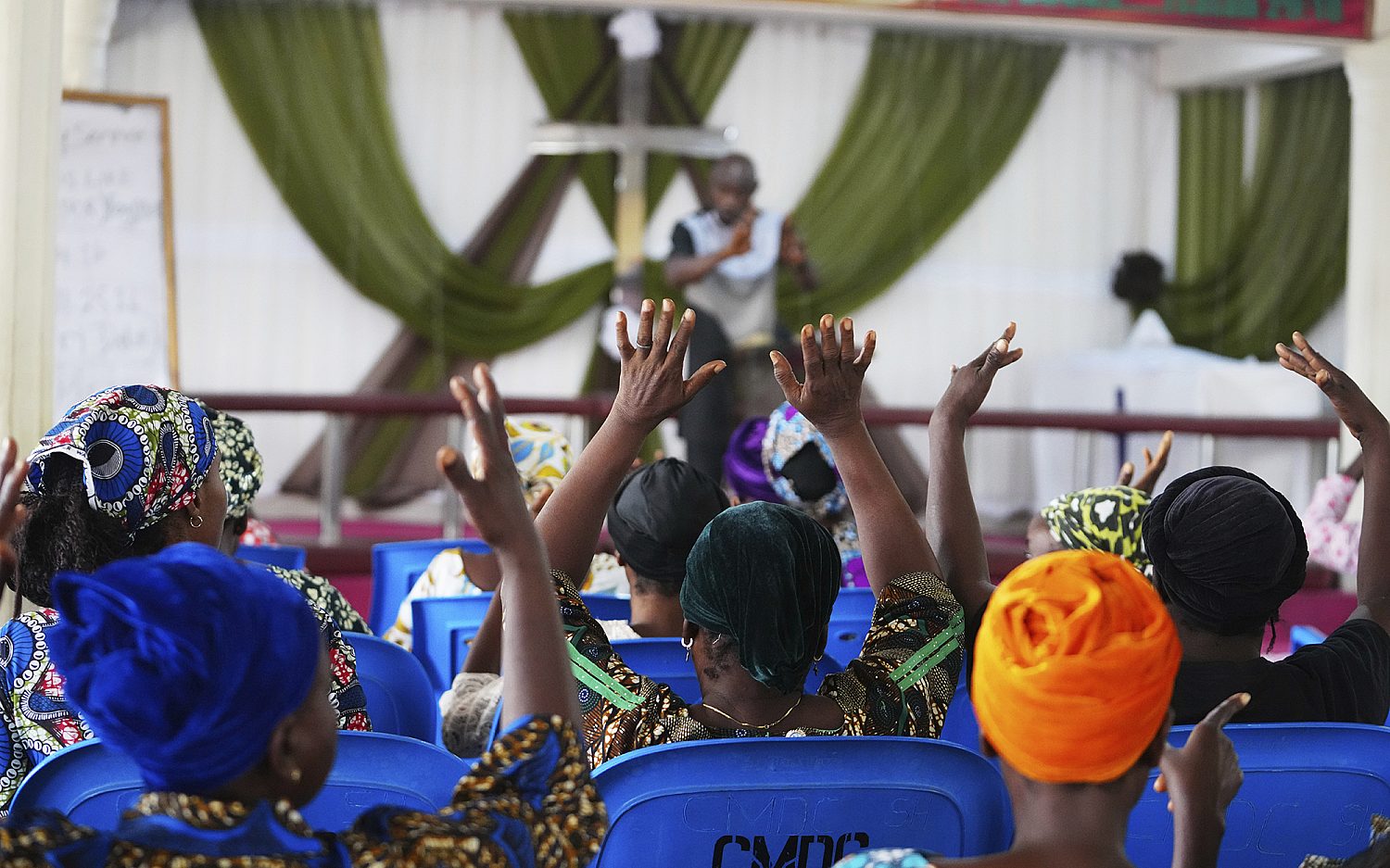Time to mourn
News photographer recounts Wednesday's bomb blasts in Mumbai
Santosh Verma walked back to his flat Wednesday evening near the business district by Mumbai's Opera House, "ambling through the streets," he said. Just as he arrived home he "heard a huge bomb blast" from the direction he had just come. Rushing to the terrace with his wife, he saw people "running helter-skelter" from the normally bustling and prosperous area presided over by India's diamond merchants.
What Verma, a professional photographer, heard was one of three simultaneous bomb blasts that struck different parts of Mumbai during after-business hours yesterday. The blasts killed more than 40 people, according to Verma (other reports claimed 21 dead), and wounded more than 100.
Mumbai, India's largest city and its commercial center, has been a repeated target for terrorists. A series of seven explosions on crowded commuter trains in 2006 killed more than 180 people. In November 2008 a massive coordinated attack by al-Qaeda-linked gunmen with aid from Pakistan's secret service lasted three days, killed more than 160-including four Americans-and wounded more than 300.
Verma said when he heard Wednesday's bomb-apparently hidden beneath an umbrella between two motorcycles-he looked at his watch, 6:55 p.m., and knew that terrorists had once again picked a time to maximize casualties: The streets, always wall-to-wall with foot traffic, were their most crowded with commuters heading home, buying food from roadside vendors, or out to take tea just before sundown with friends or business associates.
Verma grabbed his camera and ran back to streets where he had been among the now decimated crowds only minutes earlier. The assignment photographer for The New York Times, Bloomberg, and other U.S. outlets (including Genesis Photos and WORLD) said, "I pushed against the tide of humanity rushing out from the scene and saw something I have never seen in my whole life-a whole mass of bodies, completely maimed, dismembered, one dead and another trying to use his cell phone to call for help."
Police and ambulances had not arrived, he said, and bystanders were afraid to approach the wounded, afraid of another explosion to come. The photos Verma later uploaded to his clients, some too graphic for us to publish, capture up close the destruction that terrorist bombers inflict regularly in Iraq and elsewhere: Men just seconds earlier in suits and white business shirts nearly naked, their clothing shredded down to their underwear by the force of the explosion; severed limbs, stray shoes, busted tires, and crushed vehicles mingled in a bloody street, with leaves strewn everywhere, stripped from their branches by the force of the bomb.
On Thursday, Verma told me, "The lanes are all empty." When I spoke to him it was after midnight on the East Coast in the United States but nearly midday in Mumbai. The government advised residents to stay indoors away from the streets, and officials closed schools and government offices: "It is a very, very quiet city now."
That's a change for officials from previous attacks, when the government did everything to keep trains and businesses running and put out slogans touting "the indestructible Mumbai." Verma said residents "are finally fed up with slogans" and want more protection against terrorists.
No one has claimed responsibility for the bombings but authorities suspect the Indian Mujahideen, which has been involved in other attacks. This week marked the fifth anniversary of the 2006 attack, and some believed July 13 was the birthday of Ajmal Kasab, the only surviving Pakistani terrorist from the 2008 attack. He remains jailed awaiting appeal to a death sentence handed down in his case.
Verma believes that the attacks reveal Mumbai as a "desperate city, full of stress and financial pressure. . . . We don't know how to mourn and how to feel."
An actual newsletter worth subscribing to instead of just a collection of links. —Adam
Sign up to receive The Sift email newsletter each weekday morning for the latest headlines from WORLD’s breaking news team.





Please wait while we load the latest comments...
Comments
Please register, subscribe, or log in to comment on this article.